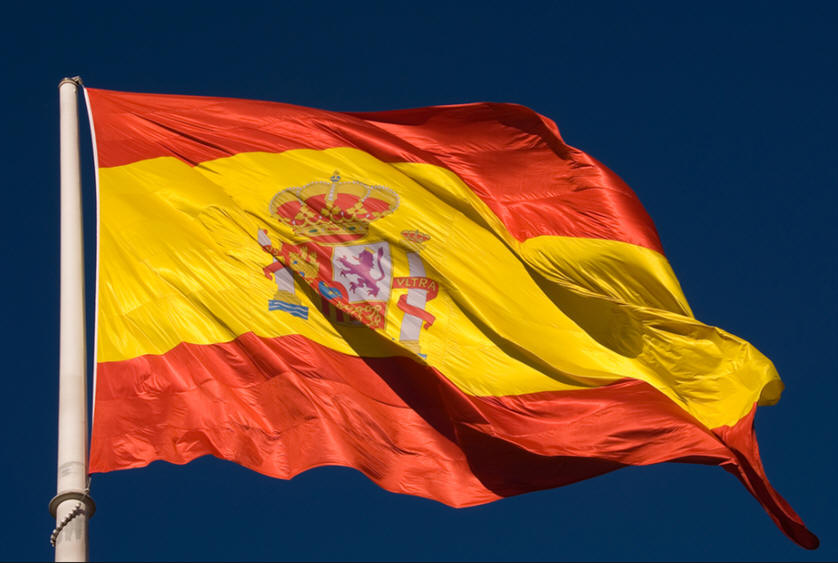Want to learn more about the 16th century Spanish coat of arms? Read on for facts and info on this historic symbol Spanish coat of arms from the 16th century…
The art form of heraldry is said to have evolved in Spain. This art form was used to create the coat of arms of the country as well as family crests. The 16th-century Spanish coat of arms is also known as the Galicia and is a very prominent and famous symbol of the country of Spain.
Spanish Coat of Arms Description
The coat of arms appears to be enclosed inside a field of azure. It has a chalice made of gold complemented by a silver host. It further features seven crosses in silver. There is one cross in the center of the shield and it has three on each sides. The positioning of the silver crosses is meant to symbolize the seven historic provinces of the region of Galicia.
Another part of the design for the 16th-century coat of arms is the royal crown in red which is enclosed in a golden ring. The ring itself is adorned with precious stones that were made using a total of eight acanthus leaf fleurons. However, only five of these are visible. In order to further add glory to the coat of arms each leaf features a setting of pearls. Furthermore five tiaras can be seen sprouting from each leaf which eventually converge into a globe of azure. The semi meridian and equator lines have been marked in gold and the centralized image is of a golden cross.
Spanish Coat of Arms History
Historical records have shown the first mention of this ancient coat of arms in a document known as the two rolls of arms which dates back to the 13th century. The first of these was the Segar’s Roll and the other was the Armorial du Herault Vermandois. According to these documents the coat of arms was attributed to the king of Galicia. According to the first of these sources the coat of arms was described as having three uncovered chalices. The second document however describes the coat of arms as having only one covered chalice.
The word chalice has been taken as a linguistic metaphor for Galice since the Middle Ages. The oldest known example of the 16th century coat of arms can be seen displayed in the Galician civil architecture. This is particularly prominent in the Royal Hospital of Santiago, La Coruna walls, Concejo de Bentanzos, Noia Church’s tower and Lugo Cathedral’s organ.
Although the basic design of the Spanish coat of arms was developed before the 16th century, the most prominent addition was made during the 16th century. This was the addition of the crosses that were positioned around the chalice. It was meant to act as ornamentation to make the coat of arms more aesthetically appealing and also as a means of paying homage to the Christian heritage of Spain
Today the 16th century Spanish coat of arms is protected from alteration by law. No one is allowed to make variations of this symbol and there are particular etiquettes governing the use of the Spanish coat of arms.





